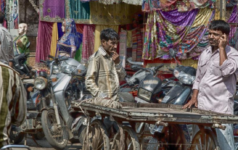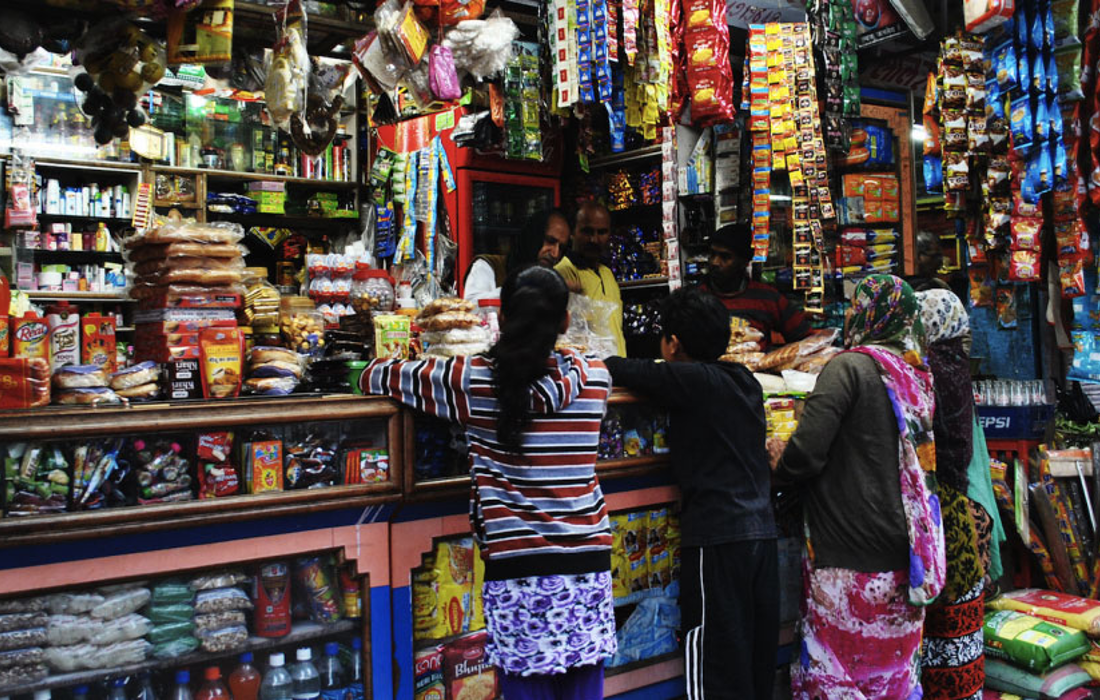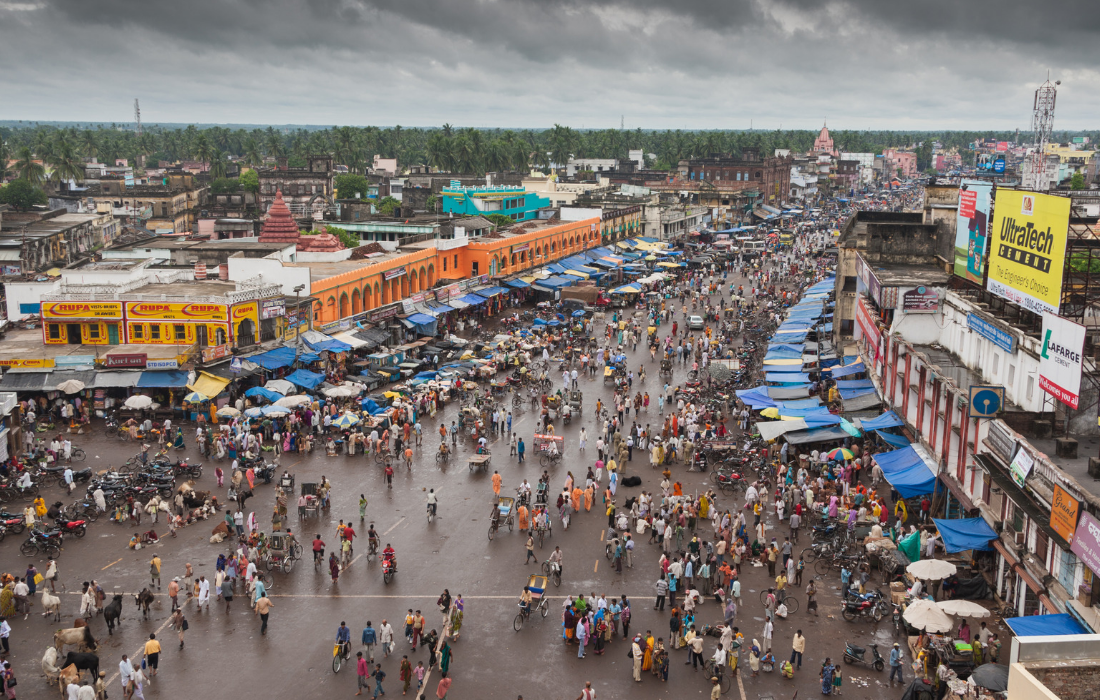Dalberg uses cookies and related technologies to improve the way the site functions. A cookie is a text file that is stored on your device. We use these text files for functionality such as to analyze our traffic or to personalize content. You can easily control how we use cookies on your device by adjusting the settings below, and you may also change those settings at any time by visiting our privacy policy page.
How India Stack can help persuade merchants to adopt digital payment
It has been more than three weeks since the Prime Minister announced that Rs500 and Rs1,000 notes would be demonetised. And despite the rhetoric, its effects appear not so positive, at least in the initial period, especially for the cash-dependent informal economy. For low-income consumers and small merchants with limited exposure to banks and financial services, the announcement caused anxiety and panic.
However, as is rightly said, “change often brings unimagined opportunity”, and it is valuable for us to evaluate the situation from the lens of financial inclusion. Specifically, given that digital payments drive inclusion, can demonetisation present an opportunity for low-income consumers and small merchants to become digital payment users? Can India Stack—a set of digital application programming interfaces (APIs) which ease transition to cashless, presence-less and paperless transactions—play a role ?
Our recent research among low-income merchants and consumers across India reveal that while there are many factors that deter digital payments, the primary reason for its lack of adoption is that people are stuck in a cash ecosystem—receiving inflows in cash, and needing to pay in cash, therefore feeling no imminent need to adopt digital payments.
Among merchants, the need to make cash payments to suppliers was one of the top reasons driving disinterest in digital payments (second only to lack of awareness). The upfront cost associated with installation of point of sale (PoS) machines, tedious registration formalities, and complicated pricing plans offered by acquiring banks also posed barriers to acceptance.
Among consumers, limited opportunities to try digital payments lowered their interest in adoption. With no merchants around them to accept digital payments for their most frequent daily expenses, consumers find themselves mostly dealing in cash. Even among those who used debit cards, 90% did so for withdrawing cash from ATMs, not to make digital payments.
This is where demonetisation brings a great opportunity—it can drive an important paradigm shift that cash will no longer be king. There will be an almost organic push towards digital payments, driven by the inconvenience of cash—at least for the next many months.
Our research shows that getting consumers to use digital payments for the first time is hard, but once they use it, they usually like the experience and become regular users. The window of “trial-ability” that demonetisation provides is, therefore, a remarkable opportunity to drive sustainable behaviour change towards using digital payments.
We anticipate this will activate different segments of users. The new-to-digital customers: those who have ‘dark smartphones’ (i.e., smartphones on which no data is used) or debit cards that they haven’t used at all. They could become more amenable to try digital payments. The ATM only debit card users: they could now consider using their debit cards for digital payments for the first time. And existing digital payment users: they could use digital payments more frequently and for lower-ticket transactions that they hadn’t previously considered.
To harness this opportunity, banks and payment players will have to up their game. They will have to support and handhold consumers through their first experience with digital payments, which, we find, is a make-or-break moment. As millions of Indians visit banks to deposit or withdraw cash, a unique customer touchpoint is being created for banks. Banks could use this moment to onboard their customers to their new unified payment interface (UPI) apps.
What about merchants? Given the potential surge in demand for digital payments, kick-starting merchant acceptance is vital. There is great potential here for India Stack to be leveraged.
India Stack can catapult merchant acceptance by addressing two issues.
First, cost: Today, merchant acquisition is an expensive affair. Acquiring banks ask for a number of documents (identity proof, address proof, business registration papers, etc.) before they allow a merchant to accept digital payments on their network. India Stack can digitize this document collection and verification process, using Aadhaar and e-know your customer (KYC) systems. It is estimated that the cost of KYC can be brought down from the current Rs1,000 to Rs5-10 approximately, if e-KYC is used at scale.
Second, credibility assessment: Banks often want to ensure that only credible merchants become digital acceptors. India Stack can enable easy access to an individual’s digital data after obtaining their informed consent. Think of the data from the side business of facilitating remittances that a kirana store can instantaneously provide, which can indicate its credibility.
In fact, we should consider turning merchant acquisition on its head. Instead of the tedious on-boarding process for merchants that banks currently follow, imagine an India Stack-based “self on-boarding” app that merchants can download and then through a simple step-by-step self-explanatory process, become digital payment acceptors, using Aadhaar, e-KYC and e-Sign in the process. Such a tool could will be low cost and easily scalable. As is often seen, moments of chaos bring about the boldest innovation. Demonetisation may well be one such moment for India’s cashless agenda.
This article was originally published on Livemint by Varad Pande and Niloufer Memon.







